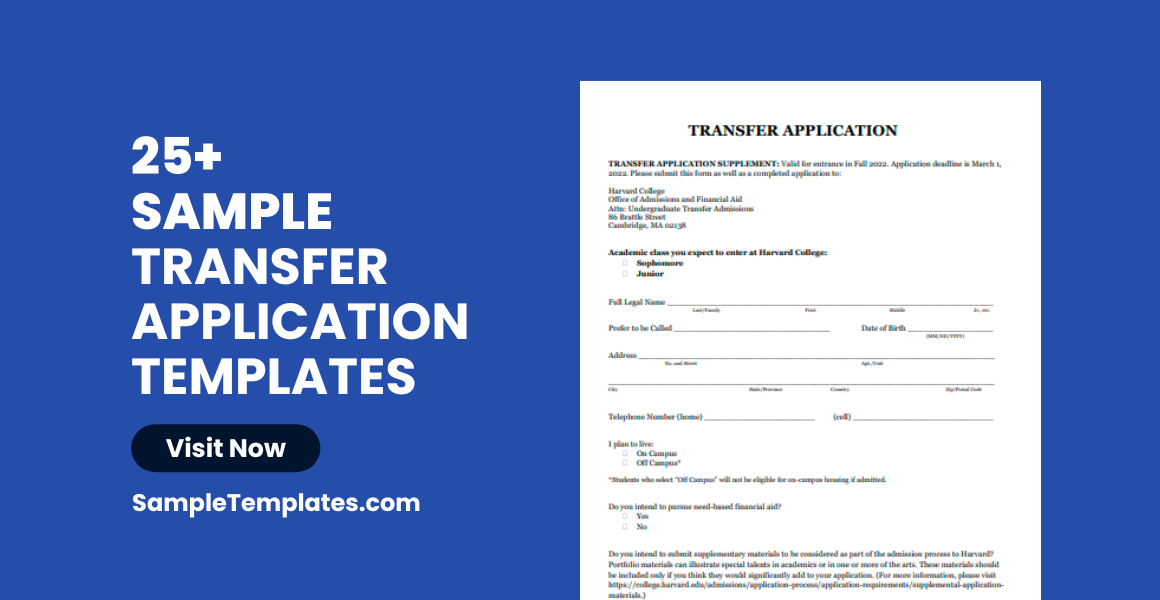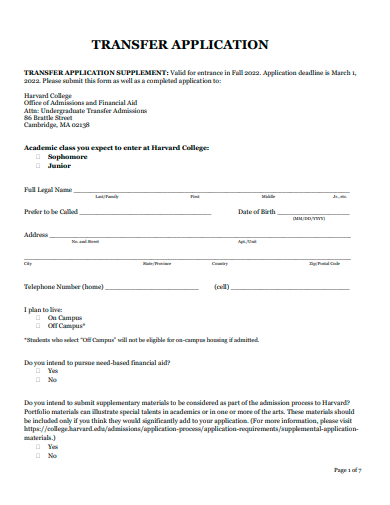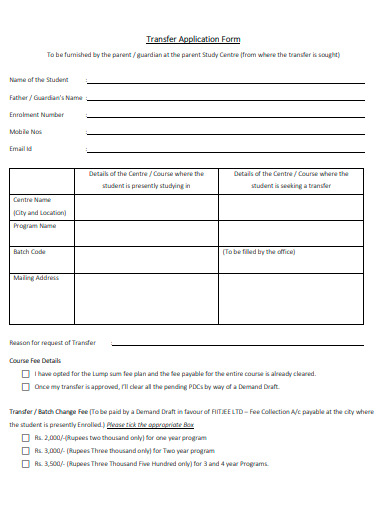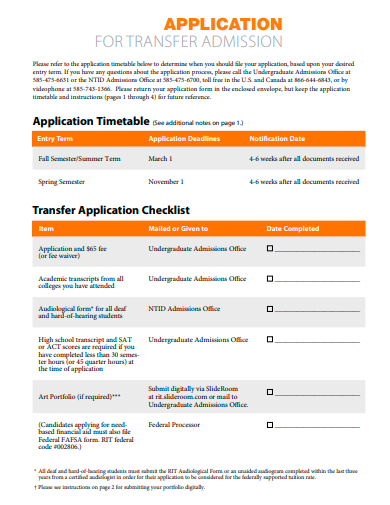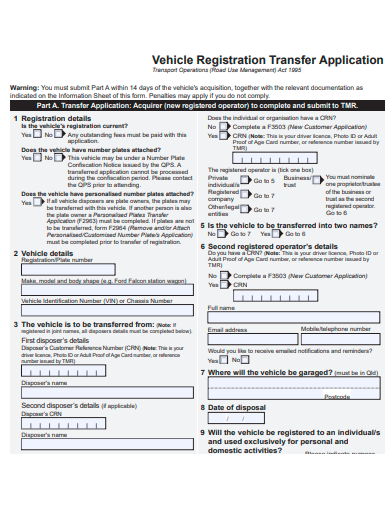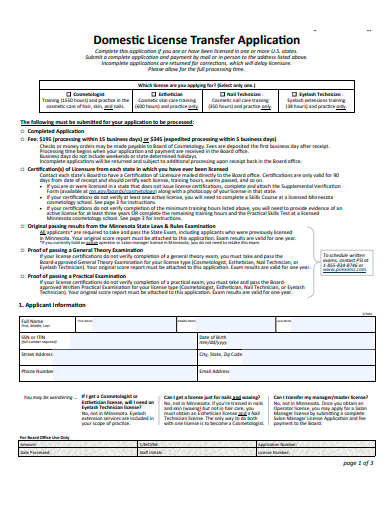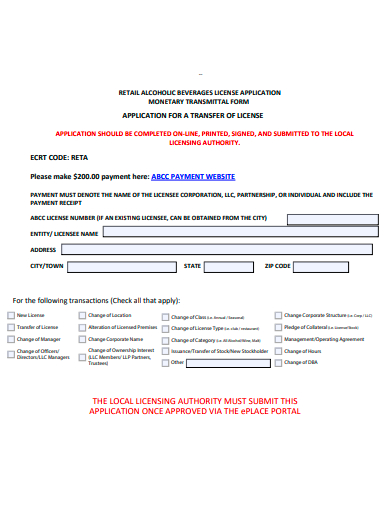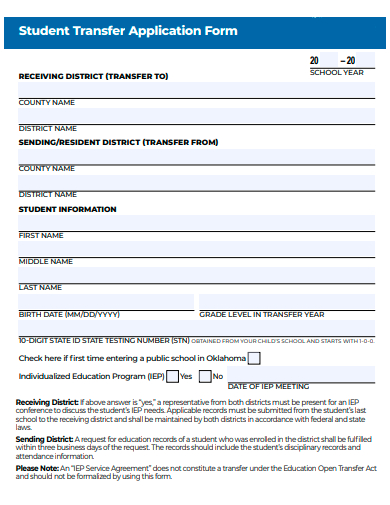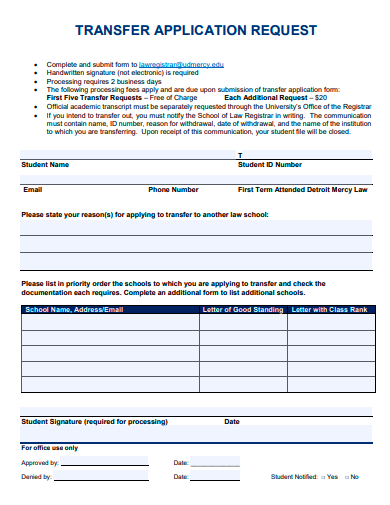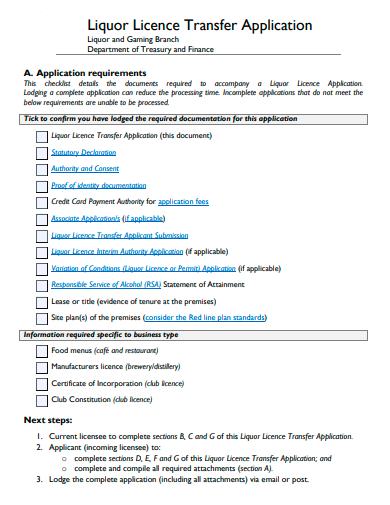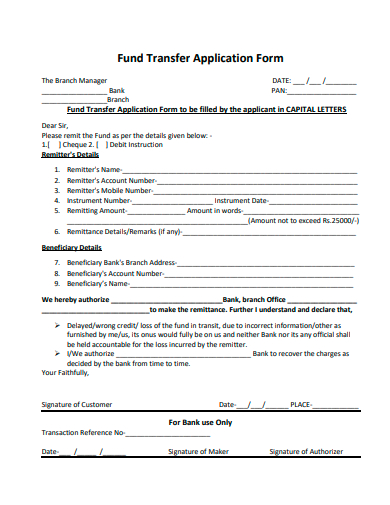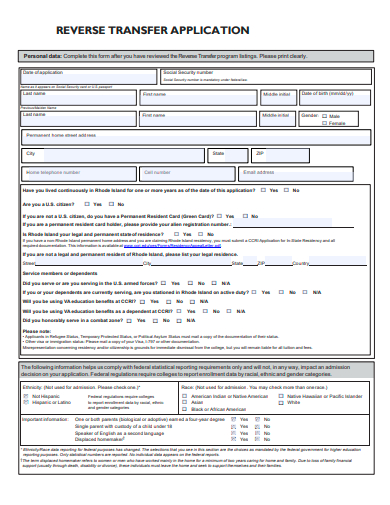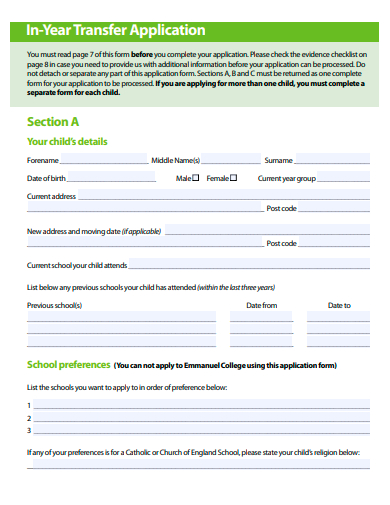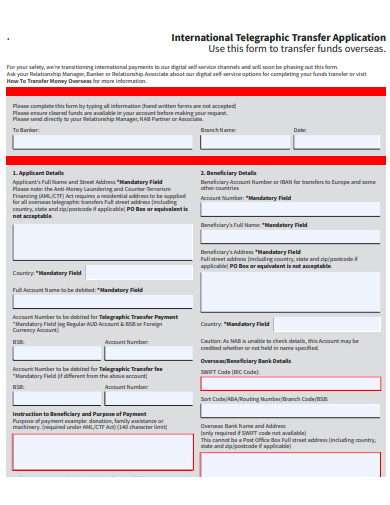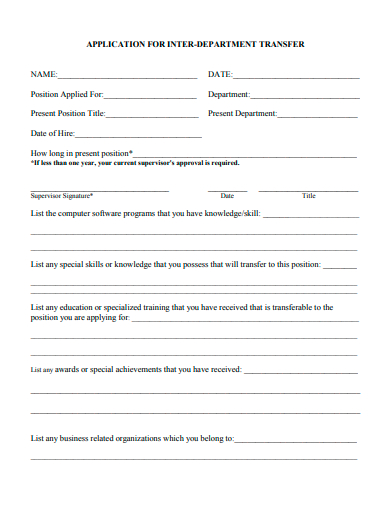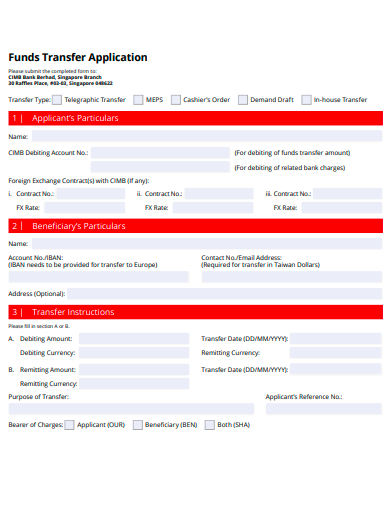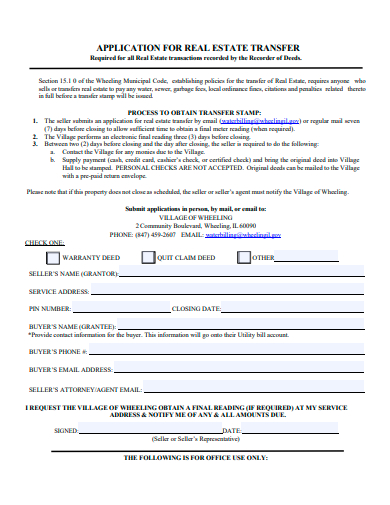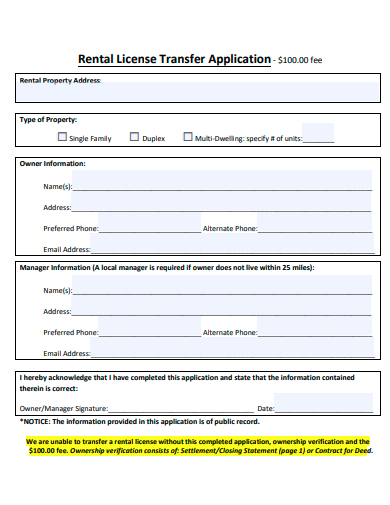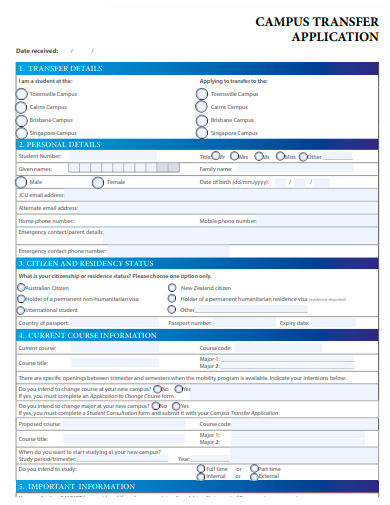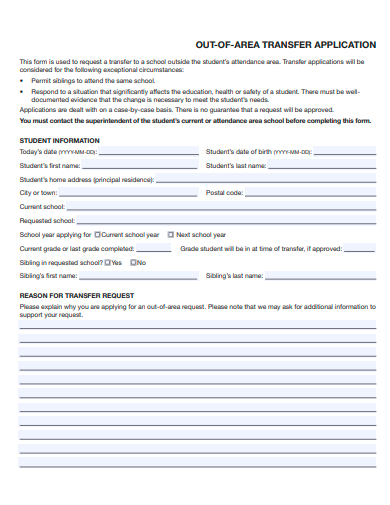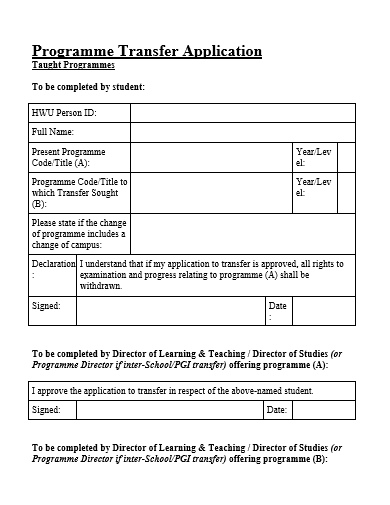In settings where mobility and change are essential, the ‘Transfer Application’ becomes a pivotal design document. Whether navigating academic institutions, job roles, or housing scenarios, it facilitates a seamless transition between entities or positions. By capturing pertinent details and reasons for transfer, a comprehensive Transfer Application ensures clarity and aids decision-makers. Join us as we delve into its structure, significance, and the instrumental role it plays in ensuring smooth transitions.
25+ Transfer Application Samples
1. Sample College Transfer Application Rejection Letter
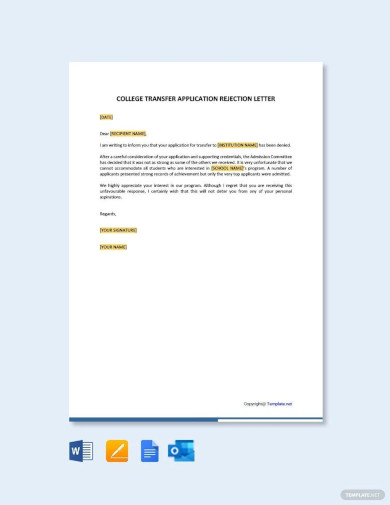
2. Sample Loan Transfer Application Letter Template
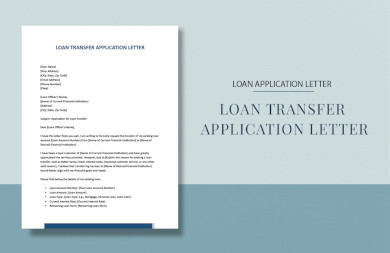
3. Sample Undergraduate Transfer Application Template
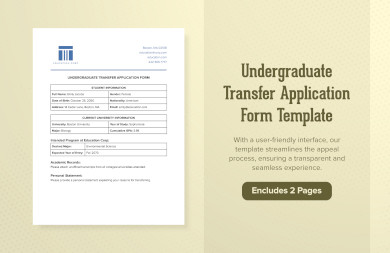
4. Motorcycle Fund Ownership Transfer Letter Template

5. Sample Transfer Application Template
What is a Transfer Application?
Understanding the Basics of Transfer Applications
Transfer applications are formal requests by an individual or entity to move or change their current position or status to a different one within the same or a different organization or institution. Most commonly associated with academic settings, transfer applications can also be found in the professional world, relating to job positions, departments, or even locations. You can also see more templates like Sample Employee Transfer Forms.
The Anatomy of a Transfer Application
- Purpose Statement: At its core, a transfer application should clearly state the reason for the desired transfer. This could be due to personal reasons, a change in circumstances, or the pursuit of better opportunities.
- Background Information: It’s essential to provide a brief history of your association with the current institution or company. This gives context to your request.
- Merits and Achievements: Highlighting your accomplishments can strengthen your format application, showcasing you as a valuable asset worth retaining, albeit in a different capacity or location.
Reasons for Submitting a Transfer Application
- Academic Preferences: Some students may discover that another sample program or major better aligns with their career goals.
- Location and Logistics: Life circumstances can change. A move might be prompted by family needs, health issues, or other personal reasons.
- Seeking Better Opportunities: Both in academia and the professional world, one might come across more favorable opportunities elsewhere.
- Cultural or Environmental Fit: Sometimes, the environment or culture of a department or institution might not be a good fit, prompting individuals to seek a change.
The Process of Transfer Applications in Academia
- Research and Preparation: Before applying, it’s crucial to research the potential institution or department’s requirements, deadlines, and any prerequisites.
- Gathering Documents: Academic transcripts, letters of recommendation, and sometimes even essays or personal statements are common requirements.
- Submission and Follow-up: Once all materials are ready, the application is submitted. It’s good practice to follow up to ensure that all documents have been received.
Professional World Transfer Applications
- Internal Job Postings: Many companies have an internal job portal where employees can view and apply for open positions in different departments or locations.
- Discussion with HR: Before applying, it’s often recommended to discuss potential transfers with Human Resources or a supervisor.
- The Role of Networking: Building connections within a company can often facilitate smoother transfers, as colleagues might vouch for your skills and character.
Potential Challenges and How to Overcome Them
- Limited Openings: Especially in sought-after departments or institutions, there might be limited slots available.
- Competitive Process: Especially in popular institutions or job roles, the process can be competitive. It’s essential to ensure your application stands out.
- Integrating into a New Environment: Moving to a new department or institution might come with its own set of challenges in terms of adjusting to a new environment or culture. Being open-minded and proactive can help ease this transition.
How to Obtain a Transfer Application?
Obtaining a transfer application is often the first step when considering a shift in academic institutions or professional roles. Whether you’re an employee aiming to transfer to another department or a student wishing to switch colleges, understanding the process of acquiring the right application form is crucial. This guide will walk you through the steps to obtain a transfer application based on different contexts.
Academic Transfer Application Acquisition
- University or College Website: Many academic institutions have their transfer application forms available for download on their official websites. Typically, you can find them in the ‘Admissions’ or ‘Registrar’s Office’ section.
- Admissions Office: If you can’t locate the form online, visiting the admissions office of the desired institution is a reliable option. They’ll provide you with all the necessary application materials.
- Common Application Platforms: For students in countries like the US, platforms like the Common Application or the Coalition Application often have transfer application sections, making the process streamlined for multiple institutions.
Professional Transfer Application Acquisition
- Company’s Internal Portal: Larger corporations or organizations typically have an internal portal or intranet where employees can access various professional forms, including transfer applications.
- Human Resources Department: The HR department is your go-to place for any work-related documents. They can provide you with the necessary transfer application or guide you on how to obtain it.
- Direct Supervisor or Manager: Sometimes, it’s best to initiate a conversation with your direct supervisor about your intent to transfer. They might guide you through the internal process or even hand over the required application form.
Digital Platforms and Online Services
In today’s digital age, many services, both academic and professional, have moved online:
- Digital Academic Platforms: Websites like College Board or specific application portals dedicated to certain regions or study fields might offer transfer applications.
- HR Software Solutions: Companies that use HR software or platforms might have a digital process for transfer requests, negating the need for a traditional sample paper form.
Things to Remember
- Timelines and Deadlines: Ensure you’re aware of any deadlines associated with submitting the transfer application. Missing a deadline can delay or even halt your transfer process.
- Additional Documents: Transfer applications often require supplementary documents, such as transcripts, letters of recommendation, or a statement of purpose. It’s essential to gather these in advance.
- Fees: Some institutions or organizations might charge a fee for processing transfer applications. Be prepared to pay this, and always ask for a receipt or confirmation of payment.
Seeking Guidance
If you’re unsure about any step in the process:
- Consult Academic Advisors: For students, academic advisors or counselors can offer guidance on the transfer process and how to obtain the necessary application.
- Reach Out to Colleagues: In a professional setting, colleagues who have gone through a transfer might offer insights or shortcuts on obtaining the application.
What Information is Required on a Transfer Application?
Whether you’re looking to transfer between academic institutions or within a professional organization, a transfer application usually requests specific information to evaluate your candidacy and ensure a smooth transition. This guide delves into the typical information required on a transfer application across different contexts.
Basic Personal and Contact Information
Almost all applications, whether academic or professional, will require:
- Full Name: Your first, middle (if applicable), and last name.
- Date of Birth: To verify age and identity.
- Contact Information: Address, phone number, and email address.
- Current Affiliation: The name of the institution or company you’re currently associated with.
Academic Transfer Applications
- Academic Records: Transcripts or grade sample reports from your current (and sometimes previous) institution.
- Standardized Test Scores: Depending on the institution, standardized test scores (like SAT, ACT, GRE, etc.) may be necessary.
- Statement of Purpose or Personal Essay: A written piece explaining why you wish to transfer and how the new institution aligns with your goals.
- Letters of Recommendation: From professors, counselors, or other relevant figures in your academic journey.
- Course Descriptions: Especially if you’re seeking credit for courses taken at your previous institution.
- Extra-Curricular Activities: Details about clubs, sports, or other activities you’ve participated in.
- Honors and Awards: Any academic or extra-curricular accolades you’ve achieved.
Professional Transfer Applications
- Current Job Position: Your current role and department within the company.
- Duration with the Company: How long you’ve been with the organization.
- Reason for Transfer: An explanation of why you wish to transfer, whether for personal reasons, career growth, etc.
- Updated Resume or CV: Detailing your work experiences, skills, and achievements.
- Performance Reviews: Some companies might request recent performance evaluations to assess your professional growth and contributions.
- References: From current or previous supervisors, managers, or colleagues.
- Skills and Qualifications: Any additional training, sample certifications, or qualifications relevant to the new role or department you’re aiming for.
Additional Considerations
- Background Check Consent: Some institutions or companies might require a new background sample check, especially if the transfer involves a significant change in roles or responsibilities.
- Financial Information: For academic transfers, details about tuition payments, financial aid, scholarships, or other monetary considerations might be required.
- Passport-sized Photos: Some forms may require physical or digital photographs for identification purposes.
- Health Records: Especially for international academic transfers, vaccination records or health checks might be necessary.
6. Sample Transfer Application Form Template
7. Sample Transfer Admission Application Template
8. Sample Vehicle Registration Transfer Application Template
9. Sample Domestic License Transfer Application Template
10. Sample Undergraduate Course Transfer Application Template
11. Sample Transfer of License Application Template
12. Sample Student Transfer Application Form Template
13. Sample Transfer Application Request Template
14. Sample Liquor Licence Transfer Application Template
15. Sample Transfer Credit Application Template
16. Sample Fund Transfer Application Form Template
17. Sample Reverse Transfer Application Template
18. Sample In-Year Transfer Application Template
19. Sample International Telegraphic Transfer Application Template
20. Sample Inter Department Transfer Application Template
21. Sample Funds Transfer Application Template
22. Sample Real Estate Transfer Application Template
23. Sample Rental License Transfer Application Template
24. Sample Campus Transfer Application Template
25. Sample Out-of-Area Transfer Application Template
26. Sample Programme Transfer Application Template
How do I Write a Good Transfer Application?
Writing a compelling transfer application is essential for showcasing genuine reasons for your transfer and making a persuasive case to the decision-makers. You can also see more templates like Transfer Application Form Samples. Here’s how you can craft a strong transfer application:
1. Understand the Requirements: Before starting, thoroughly read any provided guidelines. This ensures that you’re aware of what’s expected, the format to follow, and any specific points to address.
2. Start with a Strong Introduction: Open with a clear sample statement of your intent to transfer and a brief summary writing of your reason. This sets the tone and context for the reader.
3. Be Clear and Specific: Clarity is crucial. Whether you’re transferring schools, departments, or jobs, specify your current affiliation and the desired place you wish to transfer to. Mention dates, departments, positions, and any other relevant specifics.
4. Provide Solid Reasons for the Transfer: This is the core of your application:
- Academic/Professional Reasons: Maybe the institution or department you’re looking to transfer to has a renowned program or better opportunities aligning with your career or academic goals.
- Personal Reasons: These could range from family circumstances, health conditions, to financial challenges. Ensure to provide enough detail to give a clear picture without oversharing.
- Location-based Reasons: Moving closer to home or to a more convenient location could be a motive.
5. Highlight Your Achievements and Qualifications: Demonstrate that you’re not just seeking a transfer, but that you’re a valuable asset. Mention awards, grades, projects, or any other accolades you’ve received in your current position or institution.
6. Address Any Potential Concerns: If there might be red flags in your application, like a period of poor grades or a gap in employment, address them proactively. Offer explanations without making excuses and showcase what you learned or how you’ve grown from those experiences.
7. Get Supporting Documents: Attach any necessary documents that can bolster your application. This might include recommendation letters, medical certificates, or other relevant proofs.
8. Be Respectful and Professional: Even if you’re dissatisfied with your current institution or position, refrain from negative language. Be objective and focus on positive reasons for your transfer rather than negative reasons for wanting to leave.
9. Proofread and Revise: Grammar, punctuation, and clarity are crucial. A well-written application reflects professionalism and attention to detail. If possible, have someone else review your application to catch any errors or provide a sample feedback.
10. End with a Call to Action: Conclude by expressing hope that your request will be favorably considered. You can also mention your availability for any interviews or further discussions.
11. Follow Up: If you haven’t received a response after the expected time frame, send a courteous follow-up email or sample letter inquiring about the status of your application.
In Conclusion, transfer applications play a pivotal role in helping individuals navigate their academic and professional journeys, allowing for changes and shifts that align better with their personal or career goals. Whether driven by personal needs, academic aspirations, or the pursuit of better professional opportunities, understanding the process and purpose of transfer applications can be immensely beneficial. You can also see more templates like Sample Transfer Request Forms.
Related Posts
FREE 20+ University Application Samples in MS Word | Google Docs | PDF
FREE 29+ Student Application Form Samples in PDF | MS Word
FREE 21+ Administrative Application Samples in MS Word | Apple Pages | PDF
FREE 21+ Teacher Application Samples in MS Word | Apple Pages | Outlook | PDF
FREE 23+ Participation Application Samples in MS Word | PDF
FREE 14+ Patient Application Samples in MS Word | PDF
FREE 21+ Eligibility Application Samples in PDF
FREE 20+ Travel Application Samples in PDF | MS Word
FREE 25+ Sponsor Application Sampales in MS Word | Google Docs | Apple Pages | PDF
FREE 23+ Candidate Application Samples in PDF
FREE 33+ Committee Application Samples in PDF | MS Word
FREE 37+ Supplemental Application Samples in PDF | MS Word
FREE 37+ Product Application Samples in PDF | MS Word
FREE 33+ Visiting Application Samples in PDF | MS Word
FREE 34+ Refund Application Samples in PDF | MS Word
